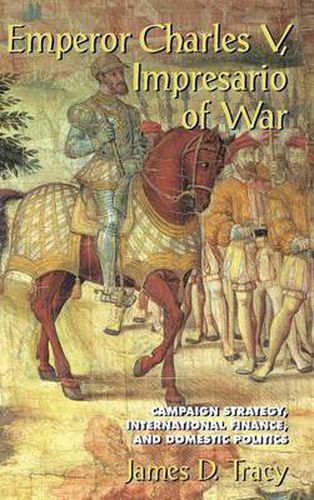Readings Newsletter
Become a Readings Member to make your shopping experience even easier.
Sign in or sign up for free!
You’re not far away from qualifying for FREE standard shipping within Australia
You’ve qualified for FREE standard shipping within Australia
The cart is loading…






Emperor Charles V (1500-1558) asserted his princely authority by deciding at times to lead his own armies to war, despite the misgivings of advisers. But since Europe’s wars were fought with money borrowed against future revenues, even an emperor had to share power with his bankers, and his parliaments. This book examines all three dimensions of European warfare. Charles’s role as commander-in-chief is evaluated by measuring the strategic aims of his personal campaigns. The process by which bankers took control of the finances of the Habsburg lands becomes clear from an examination of where the money came from to pay for Charles’s campaigns. Finally, a comparison of the realms that provided most of Charles’s revenues - Castile, Naples, and three Low Countries provinces - shows how some parliamentary bodies, if not all, successfully pursued long-term local interests by exploiting the dynasty’s need for money.
$9.00 standard shipping within Australia
FREE standard shipping within Australia for orders over $100.00
Express & International shipping calculated at checkout
Emperor Charles V (1500-1558) asserted his princely authority by deciding at times to lead his own armies to war, despite the misgivings of advisers. But since Europe’s wars were fought with money borrowed against future revenues, even an emperor had to share power with his bankers, and his parliaments. This book examines all three dimensions of European warfare. Charles’s role as commander-in-chief is evaluated by measuring the strategic aims of his personal campaigns. The process by which bankers took control of the finances of the Habsburg lands becomes clear from an examination of where the money came from to pay for Charles’s campaigns. Finally, a comparison of the realms that provided most of Charles’s revenues - Castile, Naples, and three Low Countries provinces - shows how some parliamentary bodies, if not all, successfully pursued long-term local interests by exploiting the dynasty’s need for money.